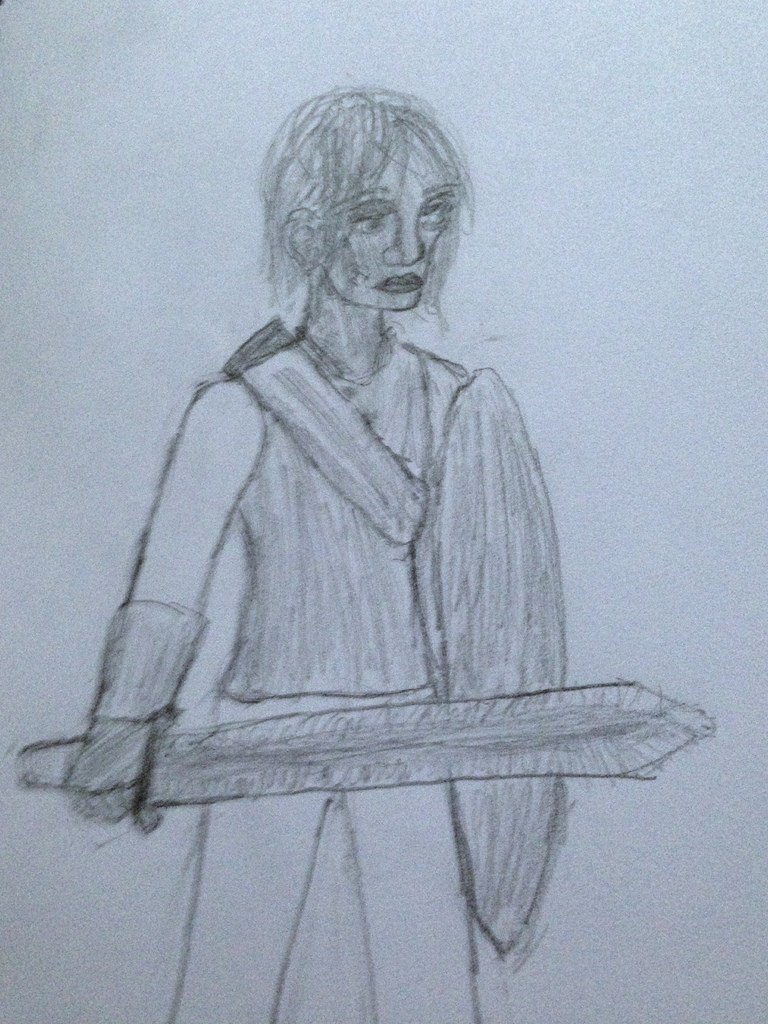HEY, YOU. You tired of "real" artists mocking your workflow and how you can't put your ideas down on paper? Don't you want to have the confidence to draw what you want?
...Sadly, learning to draw isn't something you can pick up like some mail order Charles Atlas doohickey. There's no magical workaround to greatness. You'll spend years slaving away at it until you can finally have something presentable. The old saws about hard work and dedication apply here more than almost anywhere else. In my experience there is no substitute for doing your work.
But art is art. It's not a science, and you don't magically gain skills just by coloring by the numbers. What works for me might not work for you, and what works for you might not work for me. This thread isn't me or anyone else stating "You MUST do it this way." It's just what's worked for us in the past. At the end of the day, it's up to you how you use what you've learned. Some folks like looser and more abstract illustration, while others like tight technical design work. So of course it depends on what you like and what you want to do with it.
Which brings us to the reason for all this artsy mumbo jumbo. You're here because you want to learn how to draw good. And you've probably read all sorts of helpful books about art and how it's made. Might've even taken a class or two. But you keep bumping into roadblocks on your path to success. People keep saying you need to learn this stupid "construction" thing. Why can't your shapes show form and volume? What's all this bullshit about composition and values? You've got all these resources and yet none of them are helping you! WHY?!
Well, you're here. That's a pretty good first step.
Let's get started.
...Sadly, learning to draw isn't something you can pick up like some mail order Charles Atlas doohickey. There's no magical workaround to greatness. You'll spend years slaving away at it until you can finally have something presentable. The old saws about hard work and dedication apply here more than almost anywhere else. In my experience there is no substitute for doing your work.
But art is art. It's not a science, and you don't magically gain skills just by coloring by the numbers. What works for me might not work for you, and what works for you might not work for me. This thread isn't me or anyone else stating "You MUST do it this way." It's just what's worked for us in the past. At the end of the day, it's up to you how you use what you've learned. Some folks like looser and more abstract illustration, while others like tight technical design work. So of course it depends on what you like and what you want to do with it.
Which brings us to the reason for all this artsy mumbo jumbo. You're here because you want to learn how to draw good. And you've probably read all sorts of helpful books about art and how it's made. Might've even taken a class or two. But you keep bumping into roadblocks on your path to success. People keep saying you need to learn this stupid "construction" thing. Why can't your shapes show form and volume? What's all this bullshit about composition and values? You've got all these resources and yet none of them are helping you! WHY?!
Well, you're here. That's a pretty good first step.
Let's get started.






